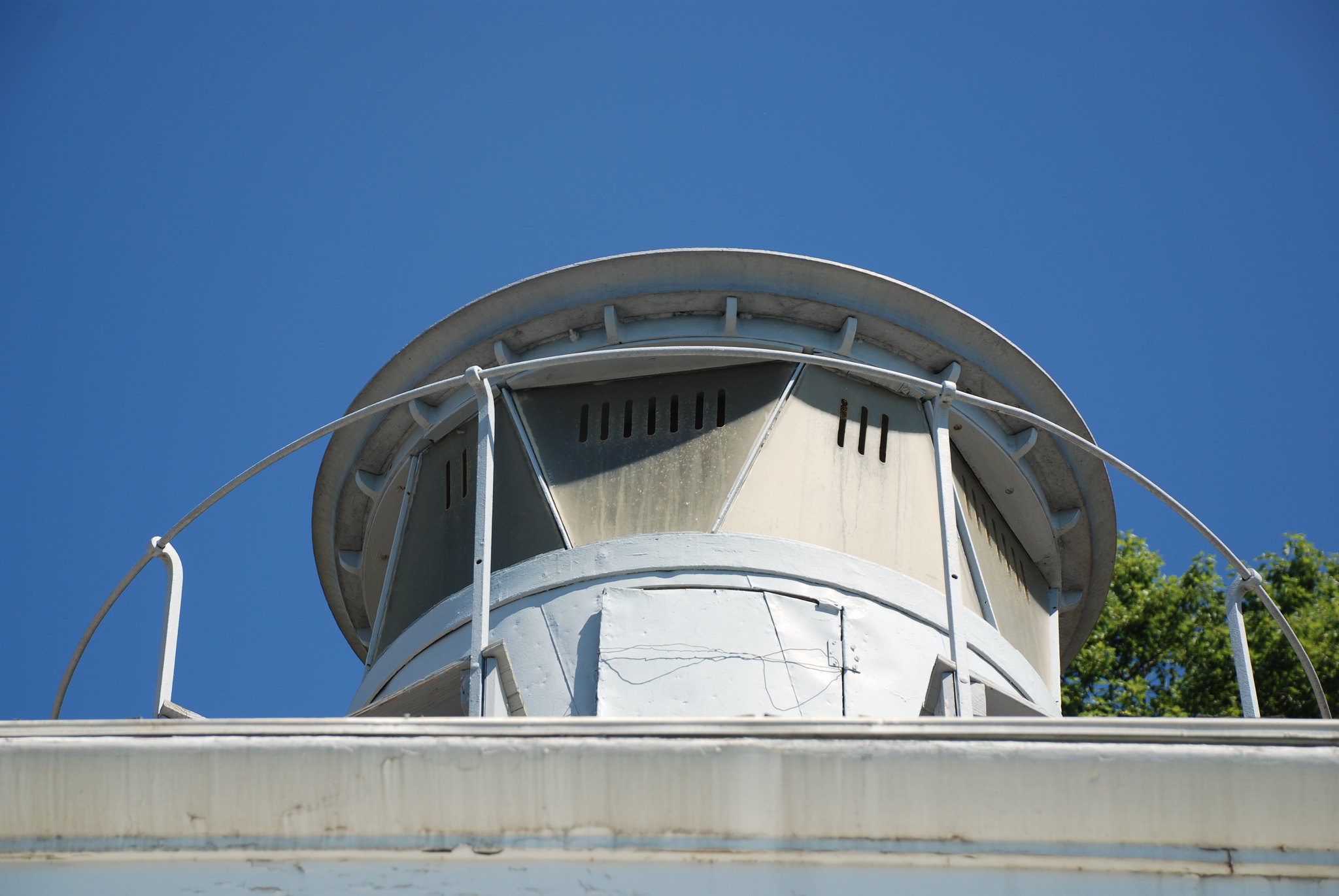Lighthouses are not on most Northern Virginians’ minds these days, but Aug. 7 was National Lighthouse Day and this area has a special lighthouse, the Jones Point Lighthouse on the Potomac River.
“The Jones Point Lighthouse is one of the last riverine lighthouses in the country and the only one still standing in the Chesapeake Bay area,” explains the National Park Service’s website.
On Aug. 7, 1789, the first U.S. Congress passed a bill establishing federal control of lighthouses and Mount Vernon resident, U.S. President George Washington, signed the bill into law.
The lighthouse, built in 1855, is a critical piece of the city of Alexandria's history as one of the largest centers for shipping, manufacturing, and transportation in the nation. It is the last remaining riverine lighthouse in Virginia.
The lighthouse operated from 1856 to 1926 and helped ships navigate the river. It supported the growing economies of Alexandria, Virginia and Washington, D.C., as merchant, passenger, fishing and naval vessels traveled the river daily.
The lighthouse’s beam, powered by a fifth order Fresnel lens, could be seen nine miles away. The light was originally manually operated and powered by oil, changed to gas in 1866, reconverted to oil in 1900 and then in 1919, it got an automated flashing white light of 390-candlepower fueled by acetylene gas.
While iconic lighthouses are typically tall and cylindrical, this one is a 19-by-38-foot frame, one-and-a-half-story structure with a cylindrical, cast-iron lantern on the roof. Most of the original interior is gone, says the National Register for Historic Places nomination.
 The Fresnel Lens on top of the Jones Point Lighthouse, which operated from 1856 to 1926.
The Fresnel Lens on top of the Jones Point Lighthouse, which operated from 1856 to 1926.
The lighthouse had keepers, including families. The four-room building was no doubt crowded for Benjamin Greenwood, the longest- serving keeper, who worked and lived there from 1866 to 1906, at one time with his second wife and 11 of his 14 children.
The Capital’s South “Corner”
Nearby is the south cornerstone of the District of Columbia, which some consider to be the nation’s oldest federal monument. It was installed in 1791 and replaced in 1794 with the inscription, "The Beginning of the Territory of Columbia."
“The south cornerstone of the District of Columbia is significant as marking the beginning point of the 1791 survey that carved this unique Federal jurisdiction from the states of Virginia and Maryland … This is one of the oldest artifacts related to the Nation's Capital,” according to the historic designation nomination form. In 1846, the area was retroceded to Virginia.
One site on Alexandria’s African American Heritage Trail here honors the surveyor for the nation’s capital, Marylander Benjamin Banneker (1731-1805), a writer, inventor and free African American. Banneker used astronomical observations and calculations to establish the “south corner” of the new capital city.
In 1918, a shipyard at Jones Point built naval ships for World War I. The shipyard obscured the lighthouse's beacon light. In 1936, the Army Signal Corps built a classified communication facility on the former shipyard and closed the building to the public.
Pre-Lighthouse
Indigenous people no doubt used the area before European settlement. A National Park Service marker today highlights another historical nugget. In 1654, Margaret Brent of Maryland received a land patent for the area, originally known as Piper’s Island. A feisty, independent woman, lawyer and suffragist, she went to the Maryland state legislature and requested not just the right to vote, but the right to two votes, one for herself as a landowner and one as Lord Baltimore’s attorney. The American Bar Association has called her “the nation’s first woman lawyer.”
Part of a National Park
In 1926, the Mount Vernon Chapter of the Daughters of the American Revolution became the owners of the lighthouse and maintained it as a museum. By the 1950s, the building was in disrepair so to preserve what was left, the DAR transferred the property back to the federal government and in 1964, the 22-acre Jones Point Park opened, a unit of the George Washington Memorial Parkway, today managed by the National Park Service. NPS maintains a one-mile, signed interpretive trail.
Basketball, Bass and Birds
Today, much of the park offers up-close views of the underside of the Woodrow Wilson Bridge as interstate traffic rumbles overhead. Youngsters romp on playgrounds and play basketball, while adults walk dogs, tend community gardens or fish from two piers.
The park is also a favorite bird-watching site where in August and the fall observers might see shorebirds like greater and lesser yellowlegs, solitary and least sandpipers, Caspian and Forster’s terns and migrant passerines like black-throated green and black-throated blue warblers and chestnut-sided and magnolia warblers.
https://www.nps.gov/gwmp/learn/historyculture/jonespointlighthouse.htm
https://www.funinfairfaxva.com/visit-jones-point-park-alexandria-va/
Lighthouse Facts: https://cheslights.org/jones-point-lighthouse/
